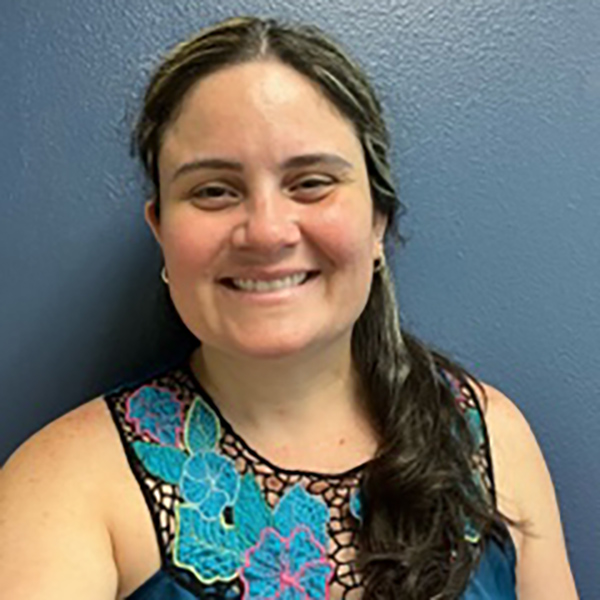Just like spoken languages, this visual language has a phonology, morphology, and a standardized syntactic construction. Professionals fluent in American Sign Language (ASL) are needed in virtually every field. Learning ASL and gaining fluency in it allows you to work with a diverse population in the United States. Fluency in ASL will allow you to communicate with deaf people in Canada, France, countries in Africa, Jamaica, Philippines, Guam, and places where the root language for deaf citizens is ASL. There is also a great need for teachers who specialize in education for the deaf as well as interpreters who facilitate communication.
Check out the video below to see why our students chose ASL at Iowa State!



